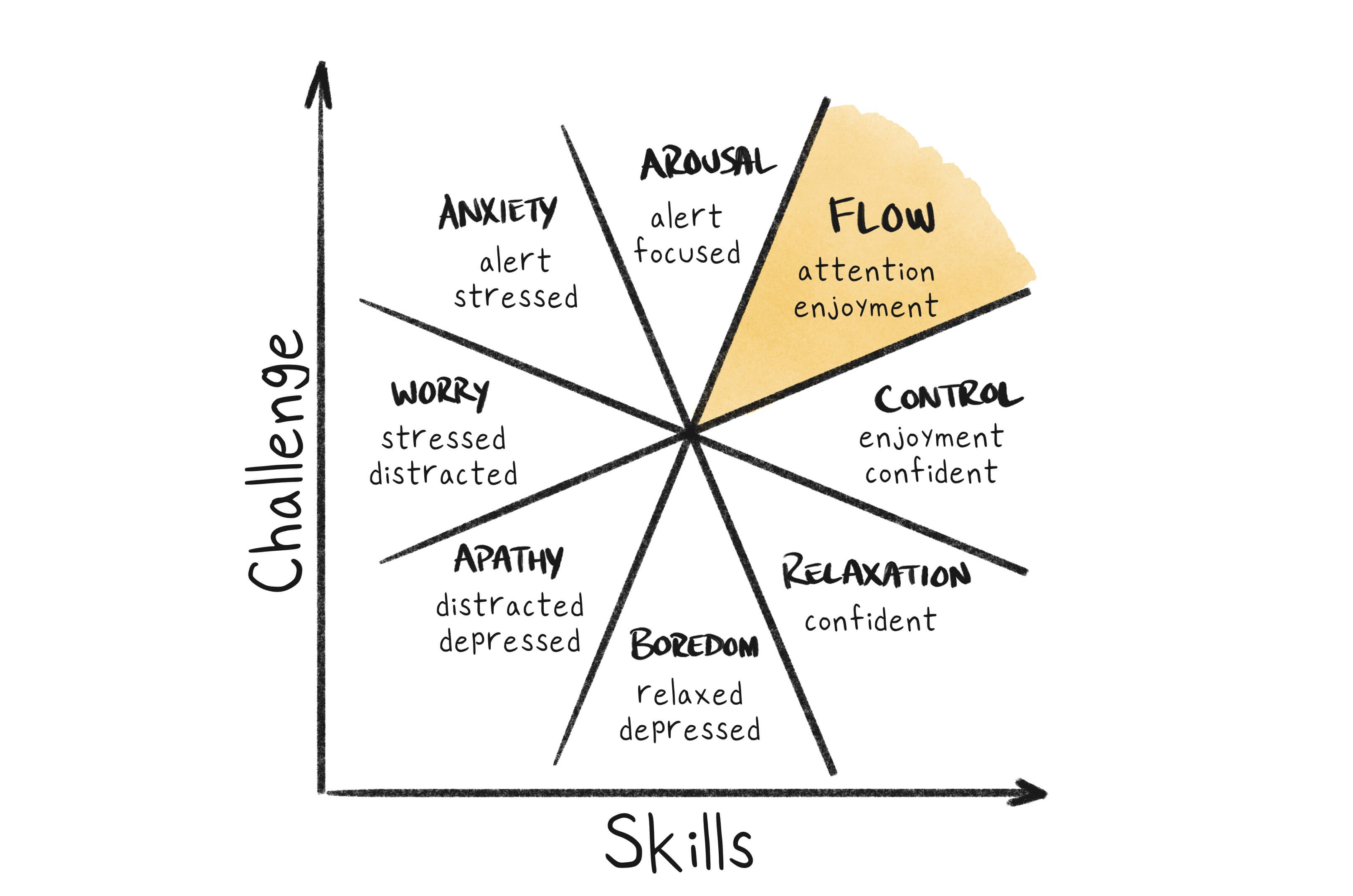Zoom In or Out: Finding Beauty with Perspective Shifts
⏲ 4-minute read | last updated 5 months, 3 weeks ago

I have a theory that all things and situations have an optimal viewing distance or perspective where it is perceived by you most favorably.
A literal example:

Nothing changed between the two images except your perspective - it’s the same person, with the same skin. Why then do we perceive her differently? The most simple explanation is that close up, beauty doesn’t come to us as naturally because we’re not used to seeing skin from this perspective.
In addition to physical perspectives (people, places, things), this axiom can be applied to situations (thinking & attitude). Shifting to a more positive perspective about a situation can have profound long-term benefits (e.g. "The driver who cut me off is a terrible driver" → "We all make mistakes and I've cut people off before when I was late"). It sounds simple (and gimmicky), but when we practice this frequently and intentionally, we make it easier for it to be the first thought the next time.
There are two lessons that can be learned from this:
- If It's Difficult - If you find a thing/situation difficult to look at/uncomfortable, change your perspective. Did it get better, or worse? Chances are that there is a better perspective than your current one.
- If It's Easy - If you find a thing/situation easy to look at/beautiful, change your perspective to exercise your mind in the practice of seeing the same beauty in a new light.
In short: you can experiment to see if there's a better vantage point for any given situation. Change perspectives, then ask yourself what changed, and did my perception change? If yes, why?
Go Deeper: The Limits of Perspective
Humans enjoy it when they have the skills to match a challenging task. Somewhere between 5-10% outside our comfort zone. When a task gets somewhere north of 10% more challenging than the skills required to accomplish it, we get stressed out (anxious). Mihaly Csikszentmihalyi describes this in his book Finding Flow as the difference between a variety of emotional states (elegantly depicted by his graph below).

By changing your perspective, you tinker with the axes on this graph. The new perspective is either easier or more challenging to you (y-axis), and you’ll have a different level of experience at seeing it in that new light (x-axis).
With practice, you can improve your skills, and get better at seeing things from that new perspective.
Real-life examples of the benefits of perspective-shifting:
- In the Classroom - Teachers routinely change classroom design and seating arrangements based on activity to shift student perspectives and stimulate learning.
- In Relationships - Blurred boundaries between people (being too close) that lead to emotional dependencies or conflicts is called enmeshment. This is addressed by pulling away from the situation. The shift in perspective allows a healthy disconnect and newfound appreciation for your relationship (and yourself).
- In Psychology - A large portion of cognitive behavioral therapy involves exposing yourself to a new perspective to address the anxiety associated with it (it's effective).
- Travel - Travel bombards you with new perspectives on everyday activities. The "culturing" that happens while being away from home is, in large part, a practice of changing perspectives from your familiar ones. The most humble people I've met are well-traveled.
It’s the work of being human to challenge ourselves to appreciate all we can. A practiced comfort in reframing everyday situations is a valuable skill. It will bring ease to shifts in your perspective, and each shift will bring a more nuanced refinement in understanding. And isn’t that the goal of communication, to understand and be understood?
--